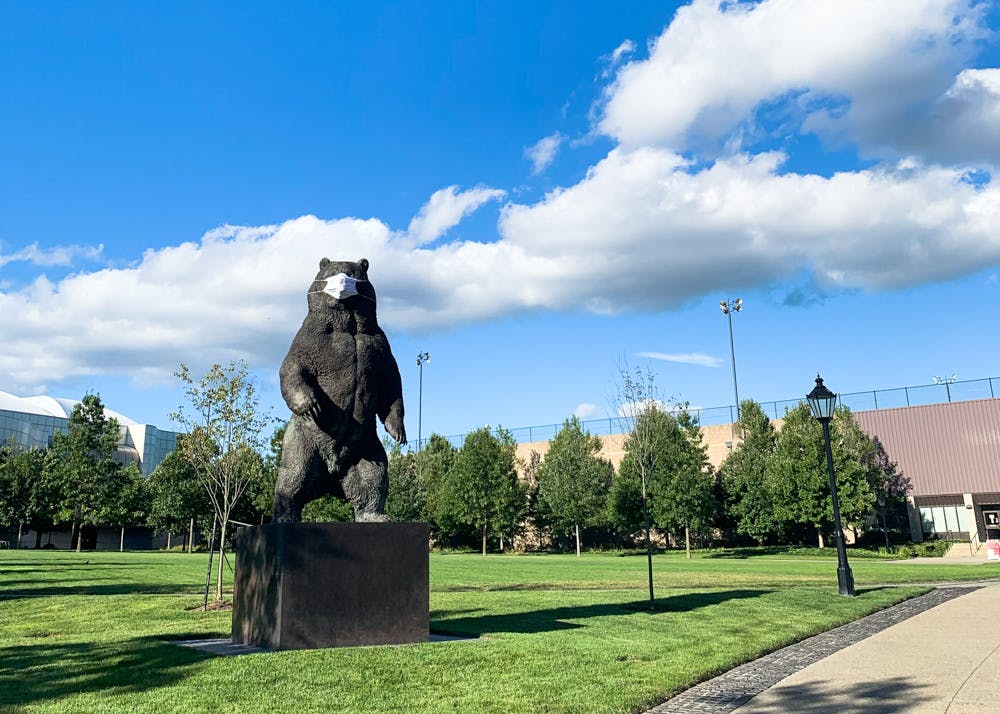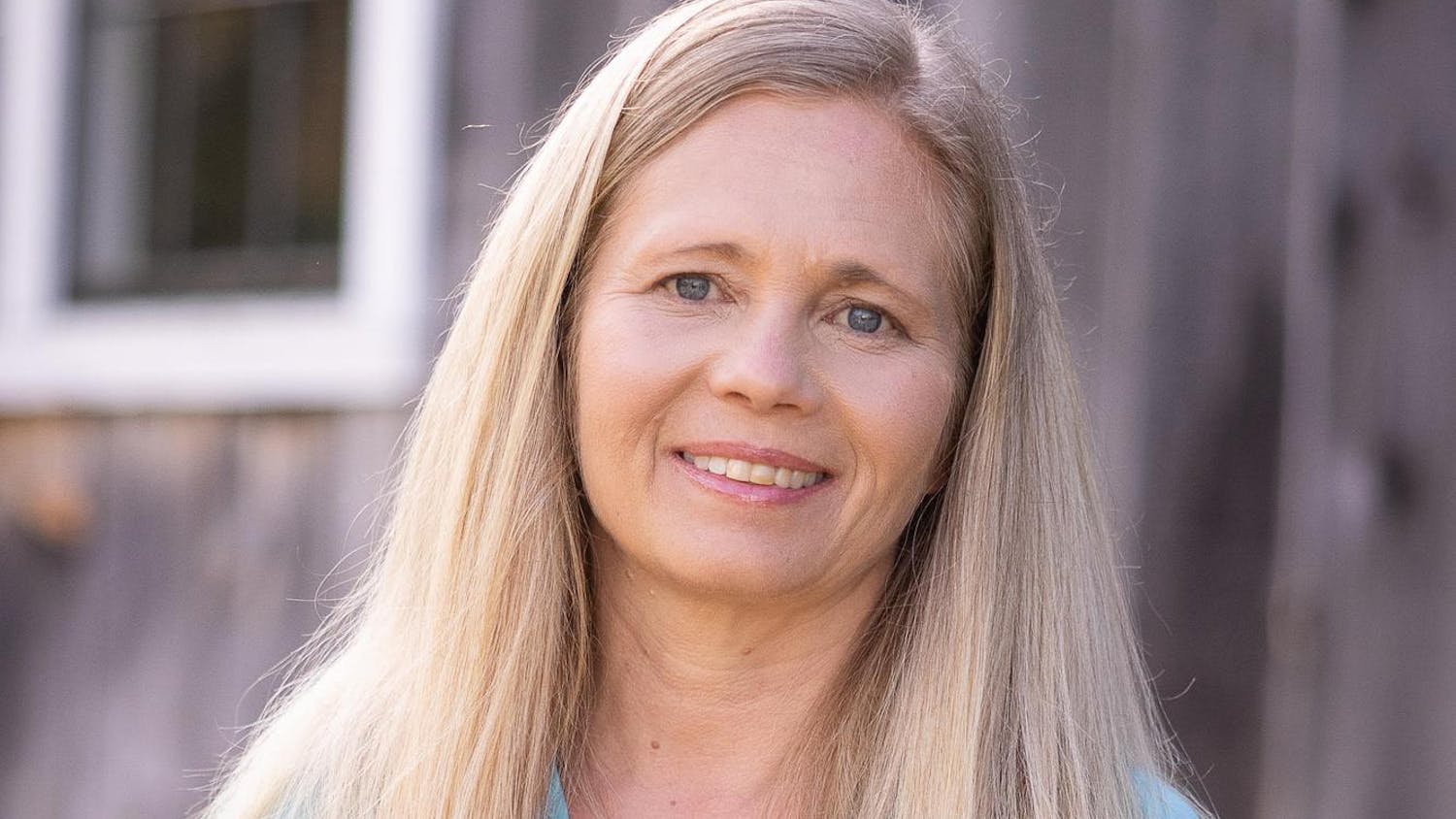Where students once climbed onto the roof for an evening of soccer under the stars, where athletes huddled together to chat with their teammates during practices and navigated the track and courts, the Olney-Margolies Athletic Center has now become a primary gathering spot for the Brown community — in a very different way.
There, many University students and staff are learning to follow a set of equally spaced-out arrows along the floor and swab their nasal passages, instead of dribbling basketballs, as the University tallies positive and negative test results.
There have been five positive tests from 5,400 results that have come back thus far from Brown community members who have already initiated their asymptomatic testing at the OMAC or Brown’s second testing center, 1 Davol Square.
Over 6,000 University community members have received tests at the two locations from Aug. 24. through Sept. 1 as part of the academic year testing process, according to a Sept. 2 email from Executive Vice President for Planning and Policy Russell Carey ’91. To date, 6,375 University students, faculty and staff have enrolled in testing.
“While the low rate of positive asymptomatic tests is reassuring, it is by no means an indication that our individual or community vigilance with regard to health and safety measures should relax,” Carey wrote.
The University’s current testing process was built off of information gathered during the University’s summer testing pilot, which reported under five positive results from around 3,100 total tests, according to an Aug. 28 Today@Brown Announcement from Provost Richard Locke P'18 and Executive Vice President for Finance and Administration Barbara Chernow '79.
“We have worked hard to improve the test scheduling process, speed up turnaround times for test results, strengthen the process for delivering test results to participants, and refine the approach to the web-based screening survey through which participants report symptoms,” they wrote in the announcement summarizing summer testing results.
Still, due to the transition from randomized testing to required weekly or semiweekly testing, some testing participants had difficulties with the scheduling process over the past week. Some returning students mistakenly received emails, reviewed by The Herald, indicating that they had not followed testing and symptom tracking procedures and stated that if they did not remedy the alleged mistake, the matter would be “referred to the Office of Student Conduct and Community Standards and you may face disciplinary action.”
But Carey added that Verily, the company working with the University to manage testing logistics, has updated their system, mostly resolving this issue.
“The feedback we have received regarding the testing sites and testing process itself has been positive, and we have continued to make improvements based on participant feedback and suggestions,” Carey wrote.
Claire Miller ’21, who lives off-campus, shared such feedback about her experience registering for testing, which requires setting up an account on Verily's website after receiving an email from Campus Life.
The directions were “super, super clear,” Miller said. “Honestly, I think they’re doing a really good job with the explanations. I was a little nervous when I went in just because I hadn’t done it before, but it was so organized.”
Upon arrival at the OMAC, students must follow arrows dotting the floor and stand at socially distanced spots while waiting in line for a temperature check before showing an ID to check-in. Staff then direct community members to private booths separated by black curtains, where health care personnel wearing long gowns, face shields, masks and gloves instruct them on how to administer the test.
For asymptomatic individuals, the University has opted for an “easier and significantly less uncomfortable” — yet comparably accurate — anterior nasal test that uses a swab and does not go as deep into the nose as the nasopharyngeal test, according to the Aug. 28 University statement.
Mia Santomauro ’21, who is also living off-campus, went in to receive their first test Aug. 24, the first day of academic-year COVID-19 testing at the OMAC, after it transitioned from a prior location on Meeting Street. Santomauro, who like Miller completed the entire process in around five minutes, said the process was “super easy,” and, given the vast space, it “wasn’t overly crowded.”
The University specifically chose the OMAC because it is spacious and well ventilated.
Verily will notify participants getting tested once or twice a week to schedule a subsequent test three days or one to two days, respectively, after their last test. In both cases, it is recommended that people space out their tests every three to four days.
“For the most part, the Broad Institute is turning around results within 24 hours of the sample arriving at the lab, so typically a day and a half after the test,” Carey wrote. Students who test positive will not be tested again for 90 days in accordance with guidelines from the Centers for Disease Control and Prevention.
The University is in the process of finalizing a dashboard to communicate collective and anonymized results with the public on its Healthy Brown website.

ADVERTISEMENT




